
Kony MobileFabric™
Sync Services Design Guidelines
Release 7.3
Document Relevance and Accuracy
This document is considered relevant to the release stated on this title page and the document version stated on the Revision History page.
Remember to always view and download the latest document version relevant to the software release you are using.
© 2013 by Kony, Inc. All rights reserved 1 of 34

Kony MobileFabric Sync Server Design Guidelines
Version 1.3
Copyright © 2013 by Kony, Inc.
All rights reserved.
April, 2017
This document contains information proprietary to Kony, Inc., is bound by the Kony license agreements, and
may not be used except in the context of understanding the use and methods of Kony, Inc., software without
prior, express, written permission. Kony, Empowering Everywhere, Kony Modeler, and Kony Visualizer are
trademarks of Kony, Inc. MobileFabric is a registered trademark of Kony, Inc. Microsoft, the Microsoft logo,
Internet Explorer, Windows, and Windows Vista are registered trademarks of Microsoft Corporation. Apple, the
Apple logo, iTunes, iPhone, iPad, OS X, Objective-C, Safari, Apple Pay, Apple Watch, and Xcode are
trademarks or registered trademarks of Apple, Inc. Google, the Google logo, Android, and the Android logo are
registered trademarks of Google, Inc. Chrome is a trademark of Google, Inc. BlackBerry, PlayBook, Research
in Motion, and RIM are registered trademarks of BlackBerry. SAP® and SAP® Business Suite® are registered
trademarks of SAP SE in Germany and in several other countries. All other terms, trademarks, or service marks
mentioned in this document have been capitalized and are to be considered the property of their respective
owners.
© 2013 by Kony, Inc. All rights reserved 2 of 34
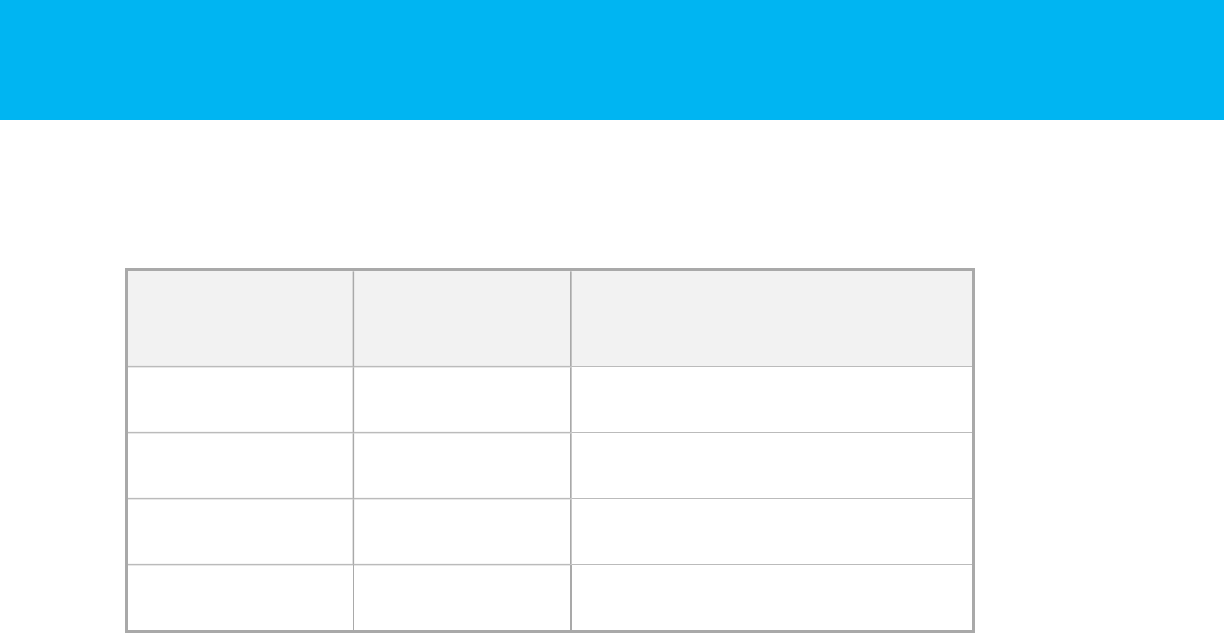
Kony MobileFabric Sync Server Design Guidelines
Version 1.3
Revision History
Date Document
Version
Description of
Modifications/Release
04/10/2017 1.3 Document updated for release 7.3
10/19/2016 1.2 Document updated for release 7.2
07/15/2016 1.1 Document for Release 7.1
03/24/2016 1.0 Document updated for release 7.0.
© 2013 by Kony, Inc. All rights reserved 3 of 34

Kony MobileFabric Sync Server Design Guidelines
Version 1.3
Table of Contents
1. Preface 6
1.1 Purpose 6
1.2 Intended Audience 6
1.3 Formatting Conventions 6
1.4 Contact Us 7
2. Designing a Good User Experience 9
3. Guidelines to Design SyncScopes and SyncObjects 10
4. Identifying an Appropriate SyncStrategy 11
5. Using Filters 13
6. Avoid Complex Relationships between SyncObjects 14
6.1 Differentiate between Lookup and Transactional Data 14
6.2 Identify Appropriate Batch Size for the Application 15
6.3 Getting the SyncObject Relationships Right 15
6.4 Define Appropriate Indexes 16
6.5 Optimize the SOAP Requests 17
7. Guidelines for Web Services 18
7.1 Services 18
7.2 Provisional Columns 24
7.3 Batching Approach 25
8. Simulating and Testing for Different Network Conditions 28
© 2013 by Kony, Inc. All rights reserved 4 of 34

1. Preface
Kony MobileFabric Sync Server Design Guidelines
Version 1.3
1. Preface
Kony MobileFabric Sync Framework consists of Kony MobileFabric Sync Client and Kony
MobileFabric Sync Server. Kony MobileFabric Sync Management Console is an aid to connect to the
client and communicate with Kony MobileFabric Sync Server.
Kony MobileFabric Sync Management Console provides a single point of control for monitoring and
configuring the Kony MobileFabric Sync Console. It includes data integration, storage, and analysis
resulting in reduced training time, manual work, and upholding standard operating procedures.
Kony MobileFabric Sync Services are the services that synchronize data between client and
enterprise data source bi-directionally.
1.1 Purpose
This document provides detailed guidelines required to design Kony MobileFabric Sync good user
experience during initial sync, SyncScopes and SyncObjects, to identify the appropriate SyncStrategy,
and guidelines to be followed while implementing web services, databases and SAP DataSource
connector to integrate with Kony MobileFabric Sync Server.
1.2 Intended Audience
This document is intended for developers or system administrators who are responsible for installing
and deploying Kony MobileFabric Sync.
1.3 Formatting Conventions
The following typographical conventions are used throughout the document:
© 2013 by Kony, Inc. All rights reserved 6 of 34

1. Preface
Kony MobileFabric Sync Server Design Guidelines
Version 1.3
Convention Explanation
Monospace
n User input text, system prompts, and responses
n File path
n Commands
n Program code
n File Names.
Italic
n Emphasis
n Names of books, and documents
n New terminology.
Bold n Windows
n Menus
n Buttons
n Icons
n Fields
n Tabs.
URL
Active link to a URL
Note
Provides helpful hints or additional information
Important
Highlights actions or information that might cause problems to systems or data
1.4 Contact Us
We welcome your feedback on our documentation. Write to us at techpubs@kony.com.
© 2013 by Kony, Inc. All rights reserved 7 of 34
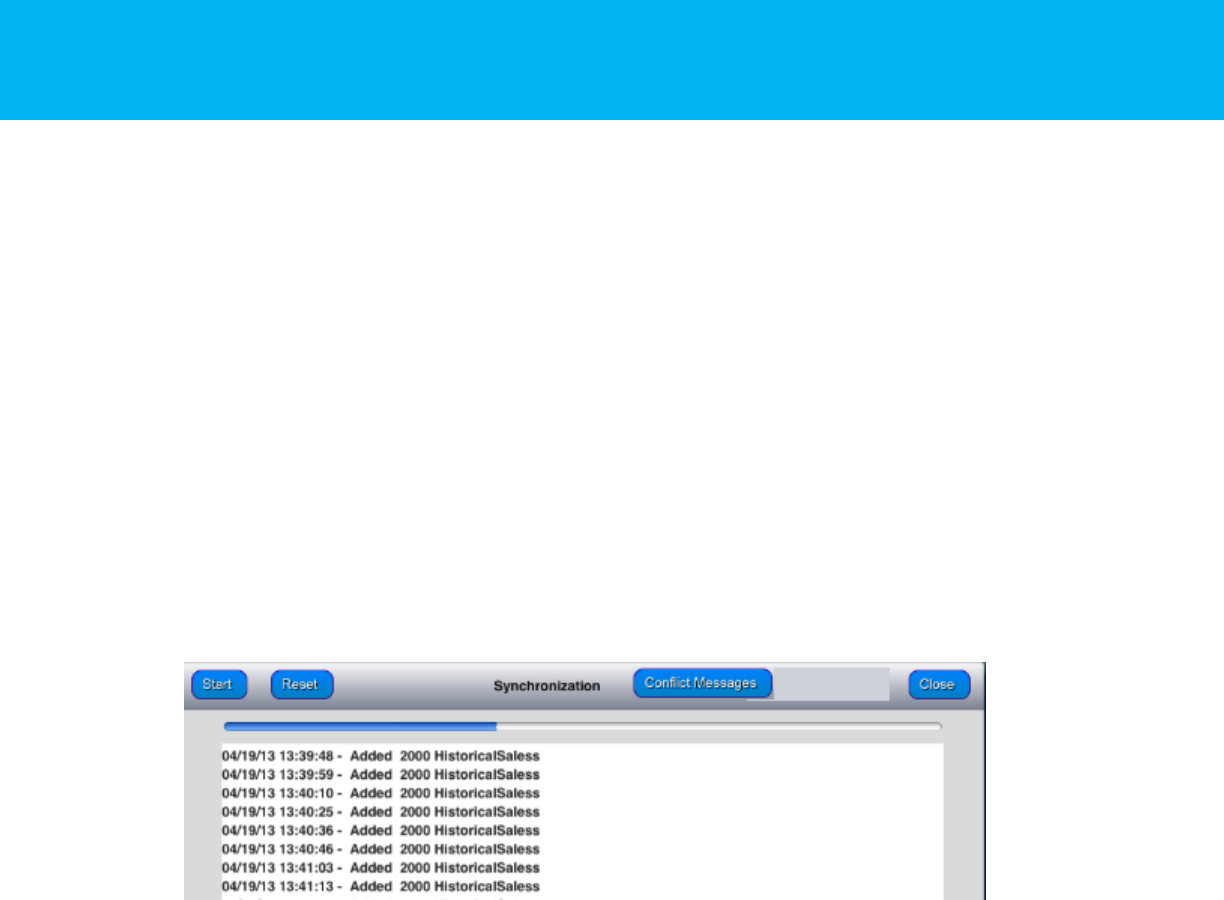
2. Designing a Good User Experience
Kony MobileFabric Sync Server Design Guidelines
Version 1.3
2. Designing a Good User Experience
You need to design a good user experience during the sync process, specially for the initial sync.
Applications that are designed to work offline often involve downloading large data sets during the first
launch of the application (typically known as the provisioning phase of the device). The data sets can
range from 30 MB to 400 MB. The initial download time can range between 10 minutes to three hours.
If you do not place appropriate guards within the application, then the user can get frustrated and may
abandon the application. The following are some of the guidelines to follow for a good user
experience:
l Ensure that the user is provided with appropriate feedback regarding the data that downloads
and the overall progress. You can do this using a simple progress bar as below:
The above design ensures that the user is provided with appropriate feedback on the long
running activity and is well informed.
l You should advise the users that the initial download (provisioning phase) should be on WiFi
network. Downloading 400 MB data on a cellular network may lead to frequent disconnects or
sync errors. So you should advise users to be in an area where a good WiFi connection is
available.
l You should advise users to keep their devices sufficiently charged before they perform the initial
sync. Shutting down the device abruptly in middle of sync may lead to inconsistent database. In
such a case, the only option is to completely delete the application and restart sync.
© 2013 by Kony, Inc. All rights reserved 9 of 34

3. Guidelines to Design SyncScopes and
SyncObjects
Kony MobileFabric Sync Server Design
Guidelines
Version 1.3
3. Guidelines to Design SyncScopes and SyncObjects
While designing SyncScope and SyncObject, as a developer, you should ensure that SyncObject
model represents what the application needs and is not a blind replica of the Enterprise Backend
model. Do not define the attributes that you never use in the application as part of the SyncObject.
Define only those Tables or Business Objects in the SyncConfiguration that you actually use in the
application.
You should make the objects that share similar DataSource and similar synchronization
characteristics as part of the same SyncScope. Synchronization characteristics include how frequently
the data changes on the device and the backend.
© 2013 by Kony, Inc. All rights reserved 10 of 34

4. Identifying an Appropriate SyncStrategy
Kony MobileFabric Sync Server Design
Guidelines
Version 1.3
4. Identifying an Appropriate SyncStrategy
Deciding upon a SyncStrategy is one of the key architectural/design decisions that you need to make
while developing any enterprise grade offline application. It is based on a number of input parameters
and system constraints. The following are some of the recommendations that can help you determine
how to choose an appropriate strategy:
4.0.1 OTA Sync Strategy
OTA Sync Strategy is a recommended solution when:
l Enterprise backend is highly available to the Kony MobileFabric Sync Server.
l The Enterprise backend can be provisioned or unprovisioned. Provisioned means that typical
database design patterns are followed, for example, tracking deletes through a soft delete flag
and tracking lastupdated timestamp for each data item (or a table row). These elements are
essential for OTA Sync as they are needed for sending appropriate updates back to the client
database and keep the processing as low as possible on the KonySync server.
l The Enterprise backend can provide delta changes based on the last updated timestamp that
the devices sends.
l It is essential that the user gets access to the latest updates on the Enterprise backend every
time the user performs sync.
4.0.2 PersistentSync
PersistentSync is a recommended solution when:
l The Enterprise backend is not highly available.
l A scheduled system down time does not allow user to access the Enterprise backend (due to
time zone differences).
l The Enterprise backend is provisioned or unprovisioned. Provisioned is term used for signifying
© 2013 by Kony, Inc. All rights reserved 11 of 34

4. Identifying an Appropriate SyncStrategy
Kony MobileFabric Sync Server Design
Guidelines
Version 1.3
that typical database design patterns are followed, for example, tracking deletes through a soft
delete flag and tracking lastupdated timestamp for each data item (or a table row). An
unprovisioned backend does not follow these characteristics.
l It is acceptable that users are productive even with an information set that is "outdated" or
"stale" by a few hours.
Note:
There is a need to keep the system and operational costs down by not replicating the
Enterprise backend on KonySync Server.
© 2013 by Kony, Inc. All rights reserved 12 of 34

5. Using Filters
Kony MobileFabric Sync Server Design Guidelines
Version 1.3
5. Using Filters
You may use client filters to ensure that the data downloaded to the device is optimized for the user.
Every user often deals with few thousands of records while the enterprise backend stores millions of
records of all users. In such a scenario, it is important that every device has only the data the user is
interested in.
Client filters enable the MobileFabric Sync Server to filter data specific to the user before sending the
response. For Database DataSource, these filters form the part of WHERE clauses and UNION
queries when selecting the data for each table. For other DataSources, these are passed as input
parameters to the Service Endpoints.
Similarly we have server filters. You may use server filters to filter the data coming to Sync server from
backend.
© 2013 by Kony, Inc. All rights reserved 13 of 34
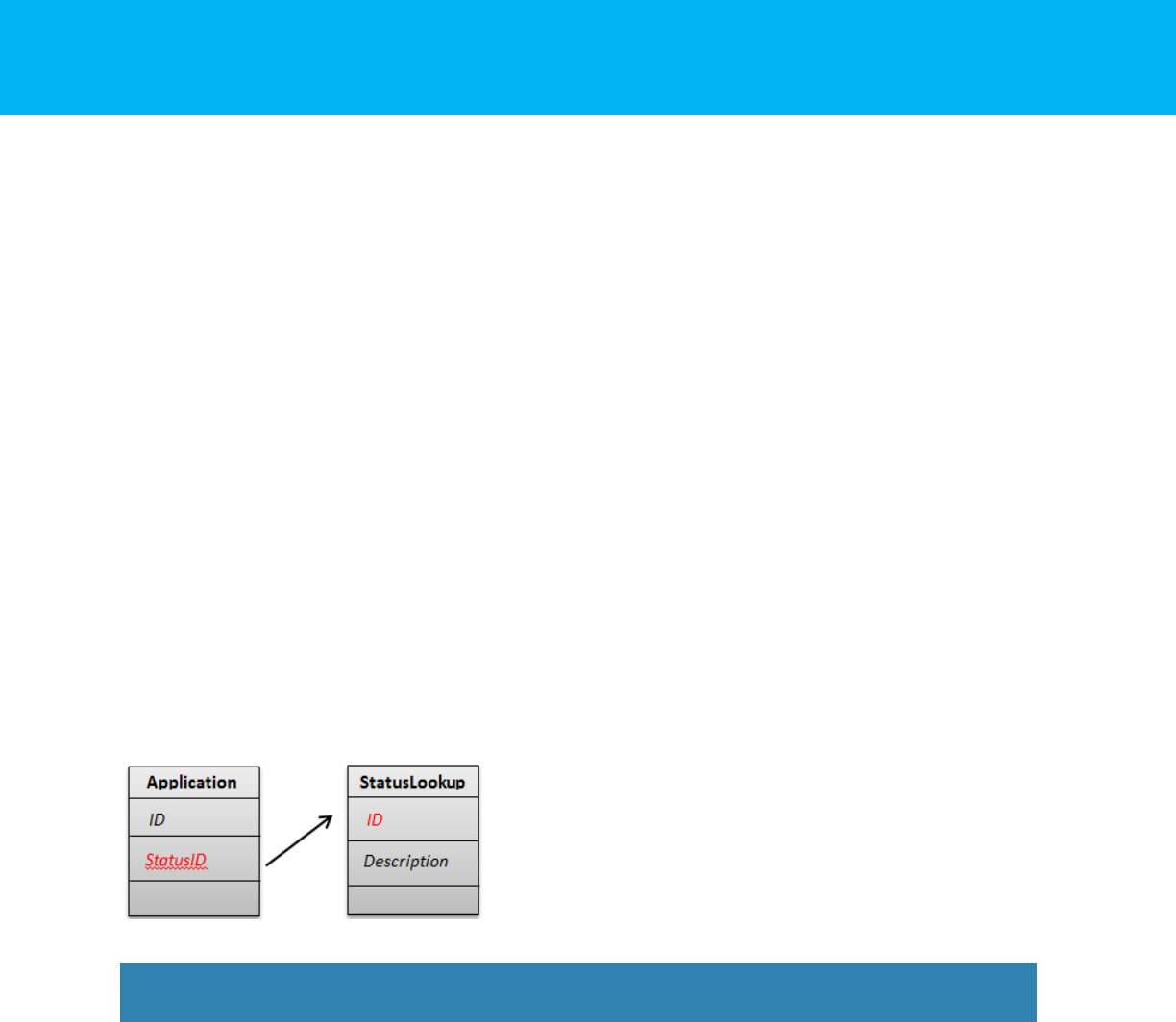
6. Avoid Complex Relationships between
SyncObjects
Kony MobileFabric Sync Server Design
Guidelines
Version 1.3
6. Avoid Complex Relationships between SyncObjects
While defining a SyncObject model, relationships form an essential part of the definition. The user
must be very careful in not replicating every relationship between the objects. You should therefore
define only those relationships in SyncConfiguration that drive the application behavior.
Relationships defined in SyncConfiguration drive the primary key management done on the server as
well as data filtering when downloading data to the device. The relationships also drive data creation
and modification on client side.
Consider the two database tables and the relationship between them. It is clear that the StatusLookup
table provides more descriptive information about a particular application status. Even though
Application has reference to a key in
StatusLookup
, it may not be necessary to download only
those StatusLookup rows as referenced by the Application. Even though this is desirable it can be over
optimization.
Application
and
StatusLookup
share the parent child relationship in a real world context.
So, defining a relationship between these two SyncObjects is overkill.
6.1 Differentiate between Lookup and Transactional Data
Almost in every Enterprise Backend system, there is lookup (Reference) data that changes very rarely
(mostly READ) while there are transactional data that change very frequently (mostly WRITE).
By designing them as part of different SyncScopes, you can apply different synchronization
characteristics. You can synchronize lookup data every two days while you can refresh the
transactional data every two hours.
Lookup data is often same across users, and is maintained in a single DataSource at the backend. To
differentiate the data specific to a user you can apply a client filter.
© 2013 by Kony, Inc. All rights reserved 14 of 34

6. Avoid Complex Relationships between
SyncObjects
Kony MobileFabric Sync Server Design
Guidelines
Version 1.3
6.2 Identify Appropriate Batch Size for the Application
When downloading data to the device, the MobileFabric Sync Server does not send all the data in one
response. It sends them in batches. The user defines the batch size while initiating a sync (default
batch size is 500).
As you have batchsize for download, similarly, you have batching for upload as well . You can break
the data to upload into batches to reduce the load on network. To achieve this, you need to configure
"uploadbatchsize" config param for
sync start
.
A very small value of batch size results in many network calls and hence can lead to poor sync
performance. A very large value of batch size can lead to Out Of Memory issues on the server and the
device (as all the data in batch is loaded in memory).
You are recommended to perform some tests (using different batch sizes) with real world application
data to arrive at the batch size that is more appropriate for the application.
Note:
Batching does not work as is, if there is huge data that is almost similar to the value of the
timestamp.
6.3 Getting the SyncObject Relationships Right
You need to get the SyncObject relationships right for Database datasource.
Kony MobileFabric Sync currently supports
One-To-Many
and
Many-To-One
relationships between
the SyncObjects. It is important to understand how the developer should decide which side of the
relationship is the Many side. The below example illustrates how to identify that.
The
Many
side is always defined on the table that has the Foreign Keys.
Example 1
© 2013 by Kony, Inc. All rights reserved 15 of 34

6. Avoid Complex Relationships between
SyncObjects
Kony MobileFabric Sync Server Design
Guidelines
Version 1.3
In the above example, since the Foreign keys exist on the Person table it becomes the Many side of
the One-To-Many or Many-To-One relationship.
Example 2
In the above example, since the Foreign keys exist on the Address table it becomes the
Many
side of
the One-To-Many or Many-To-One relationship.
It is equally important to identify where to define this relationship. Let us say in
Example 1
, we can
define the
Many-To-One
relationship on the Person SyncObject or One-To-Many relationship on the
Address SyncObject. The relationship should be defined on the SyncObject whose filters have to be
inherited by the other Syncobject. For example; if the application demands that only selected
PersonIDs that the user defined should be downloaded (so a client filter on Person) and only those
Address records that the client filter selected, need to be downloaded, then you have to define the
relationship on the Person SyncObject. (As in this case Address inherits the filter criteria from
Person).
6.4 Define Appropriate Indexes
In case of database datasource, ensure that appropriate indexes are defined for all the columns that
are part of the relationship and sync filters (both client and server).
Note:
Indexes can affect the WRITE performance on the tables.
© 2013 by Kony, Inc. All rights reserved 16 of 34

6. Avoid Complex Relationships between
SyncObjects
Kony MobileFabric Sync Server Design
Guidelines
Version 1.3
6.5 Optimize the SOAP Requests
Let us consider SalesForce Datasource as an example to optimize SOAP requests.
SalesForce offers a very rich query interface through its WebService interface. This API allows a user
to define its own objects as well as construct complex queries to select only the required fields.
With respect to SalesForce, you must not download deleted records to the device when downloading
data for the initial downloads. You can do this by having a code snippet similar to below, in the SOAP
request template for
getAll
operation mapping.
<urn:queryString>select Id, IsDeleted, MasterRecordId, Name, Type,
RecordTypeId, LastModifiedDate from Account where
LastModifiedDate>$StartDate and LastModifiedDate<$EndDate #if
($InitialSync=='true') and IsDeleted=false #end</urn:queryString>
SFDC expects a specific NULL tag to set the value of an attribute to null. So one must modify the
update and create SOAP request template in the operation mapping.
#if($Name != "null")
<urn1:Name>$Name</urn1:Name>
#else
<urn1:fieldsToNull>Name</urn1:fieldsToNull>
#end
© 2013 by Kony, Inc. All rights reserved 17 of 34
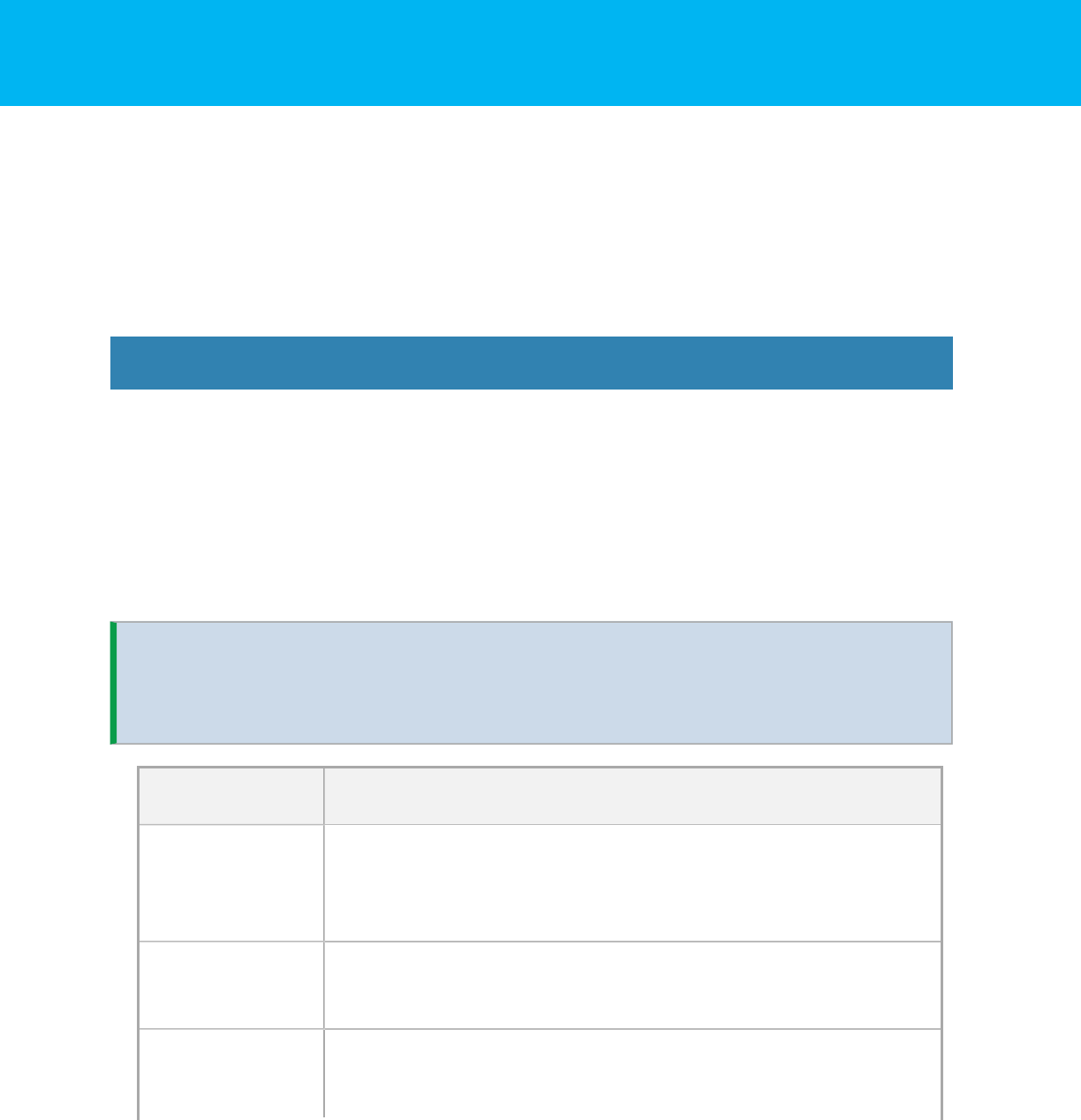
7. Guidelines for Web Services
Kony MobileFabric Sync Server Design Guidelines
Version 1.3
7. Guidelines for Web Services
In this section you will find guidelines to implement web services and the SAP DataSource connector
to integrate with Kony MobileFabric Sync Server.
7.1 Services
Kony MobileFabric Sync Framework operates on SyncObjects (for example, Contact and Product).
To read or update data in these objects, Kony MobileFabric Sync Framework expects the Enterprise
backend to provide a CRUD (Create, Read, Update, Delete) friendly interface. This helps the
MobileFabric Sync Framework to map actions performed on the data to be replicated on the
Enterprise backend. The web service should have the following operations defined for each
SyncObject.
Note:
There is no particular naming convention on Service name, and the request and response
field names. For example, service name can be “Contact_Create” or “ContactCreate” or
“ContactInsert” for the Create operation.
Operation Description
Create Service that takes all the field level data in the request and creates an
instance in the enterprise data source and returns the auto generated
primary key information in response (if primary key is auto generated).
Update Service that takes all the field level data along with primary key in the
request and updates the instance in enterprise data source.
Delete Service that takes the primary key of the row and soft-deletes the row from
the data source.
© 2013 by Kony, Inc. All rights reserved 18 of 34
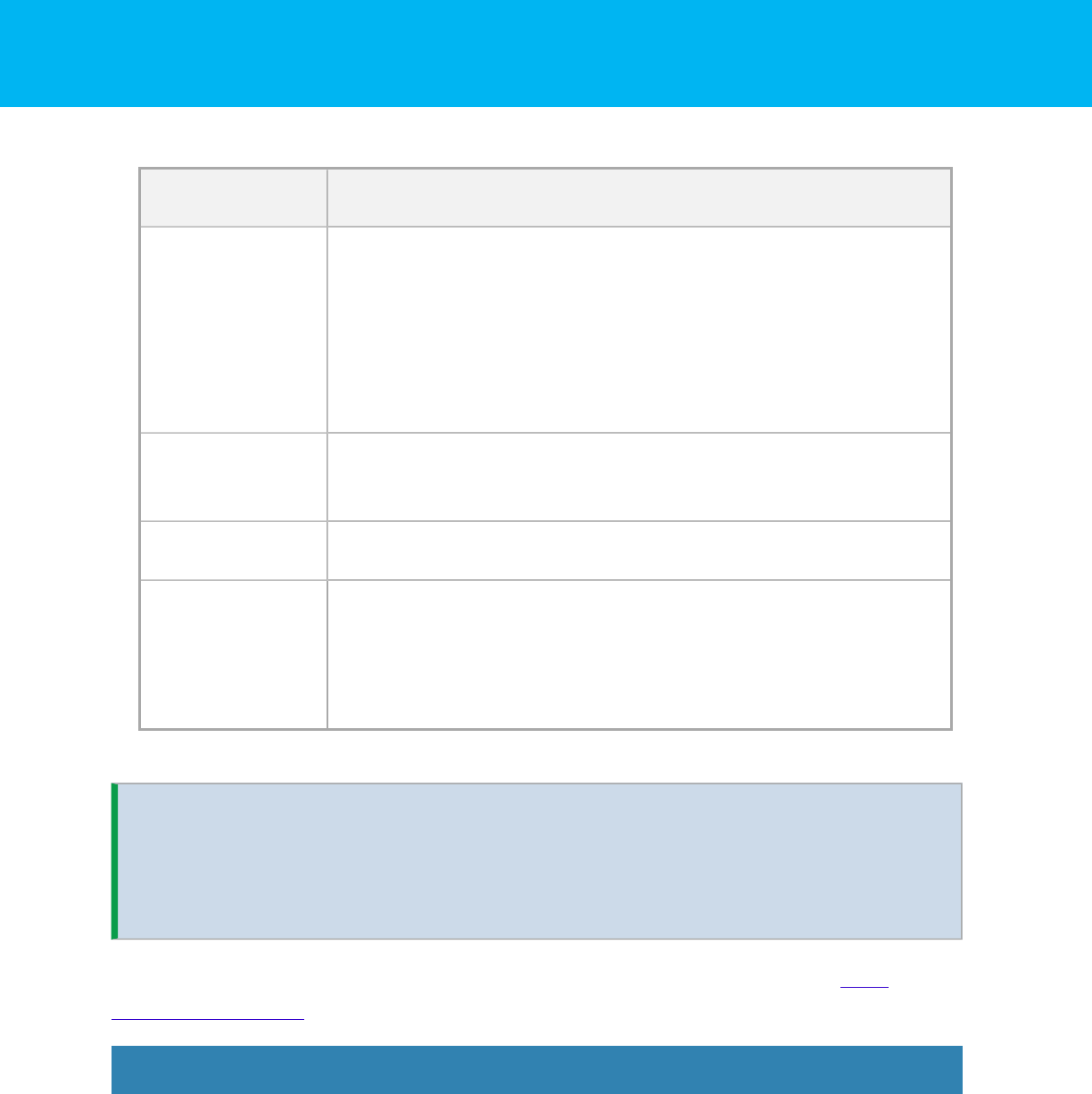
7. Guidelines for Web Services
Kony MobileFabric Sync Server Design Guidelines
Version 1.3
Operation Description
Get Service that takes the primary key of the row in the input and gives all the
field data in the response. This service is typically used for doing conflict
resolution. This is also invoked when GetUpdated returns only primary keys
and does not return all the data values for a SyncObject. In case of some
services, it may not take any inputs and return complete data always. In
such scenarios, the service does not perform delta sync.
GetUpdated Services that takes the date time value in the request and returns all the
rows (with all the field data) changed after that date time.
GetBatch Service that provides ability to retrieve data in batches.
GetServerTime This is defined once at datasource level. It returns current datetime value of
the datasource. It is not mandatory to define this service, but you are
recommended to have this service to ensure that a very precise batching is
done for large datasets. So consider this while designing the services.
Note:
There is no restriction on the name of the WebService methods but the
semantics/behaviour has to be similar to what is described above. There is "getUpdated"
operation for OTA and persistent provisioned sync strategy, and the "getUpdated" operation is
renamed to "GetAll" for persistent unprovisioned sync strategy.
See
Datasources > Other DataSources
section in Framework Getting Started guide on Kony
Documentation Library to understand more about the service requirements and batching support.
7.1.1 Mapping Input and Output Parameters for Operations
Input parameters are the parameters that you pass to the service and are used during a service call.
All the services do not have input parameters. Input parameters are provided based on the elements
that are present in the Request pane.
© 2013 by Kony, Inc. All rights reserved 19 of 34
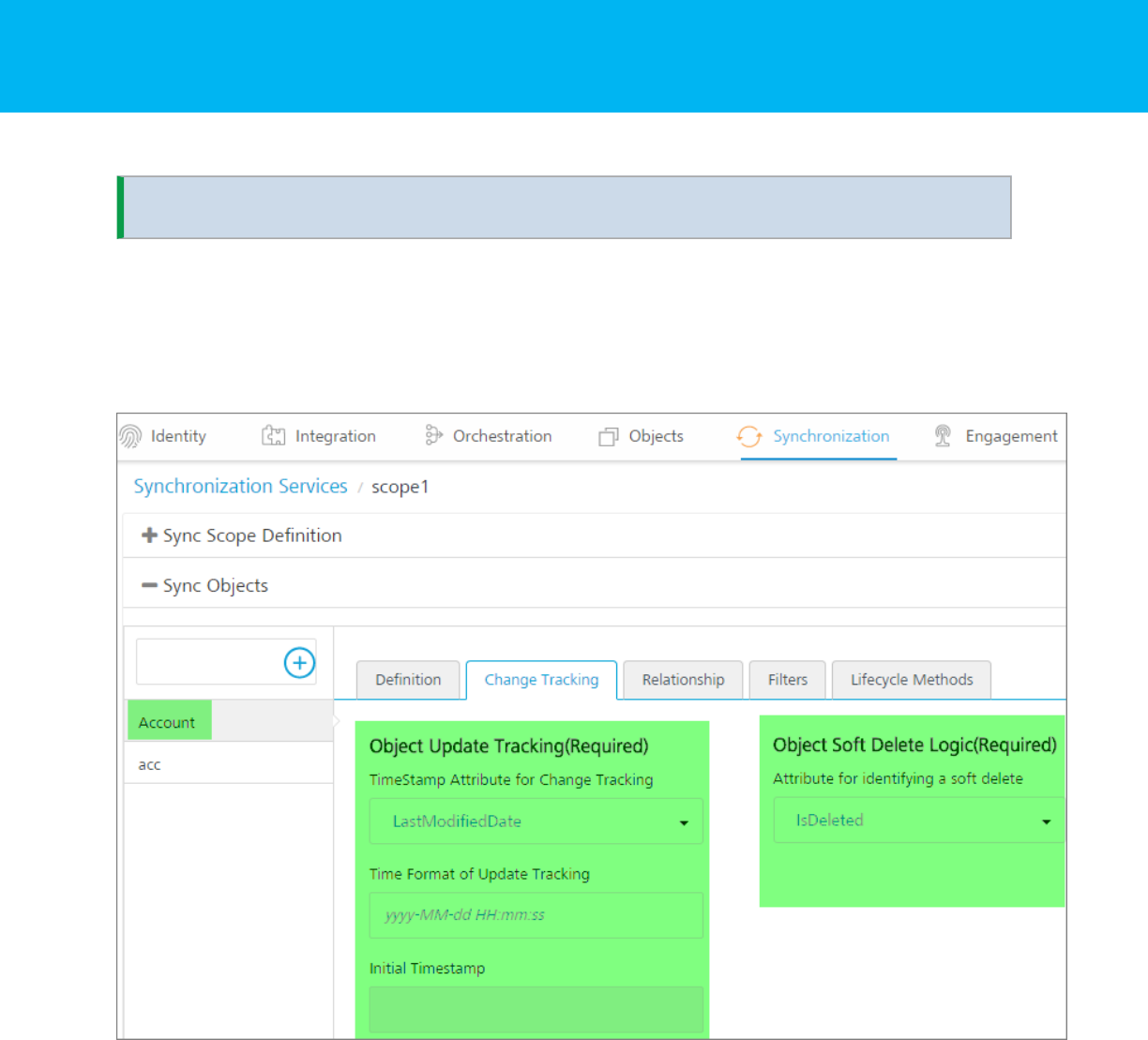
7. Guidelines for Web Services
Kony MobileFabric Sync Server Design Guidelines
Version 1.3
Note:
You have to map all the input parameters expected by the service in Input mapping.
Output parameters are the parameters fetched from the response of a service call.
Example: The screen shots below will help you understand mapping parameters. The example shows
a Contact object based on the Salesforce model.
© 2013 by Kony, Inc. All rights reserved 20 of 34
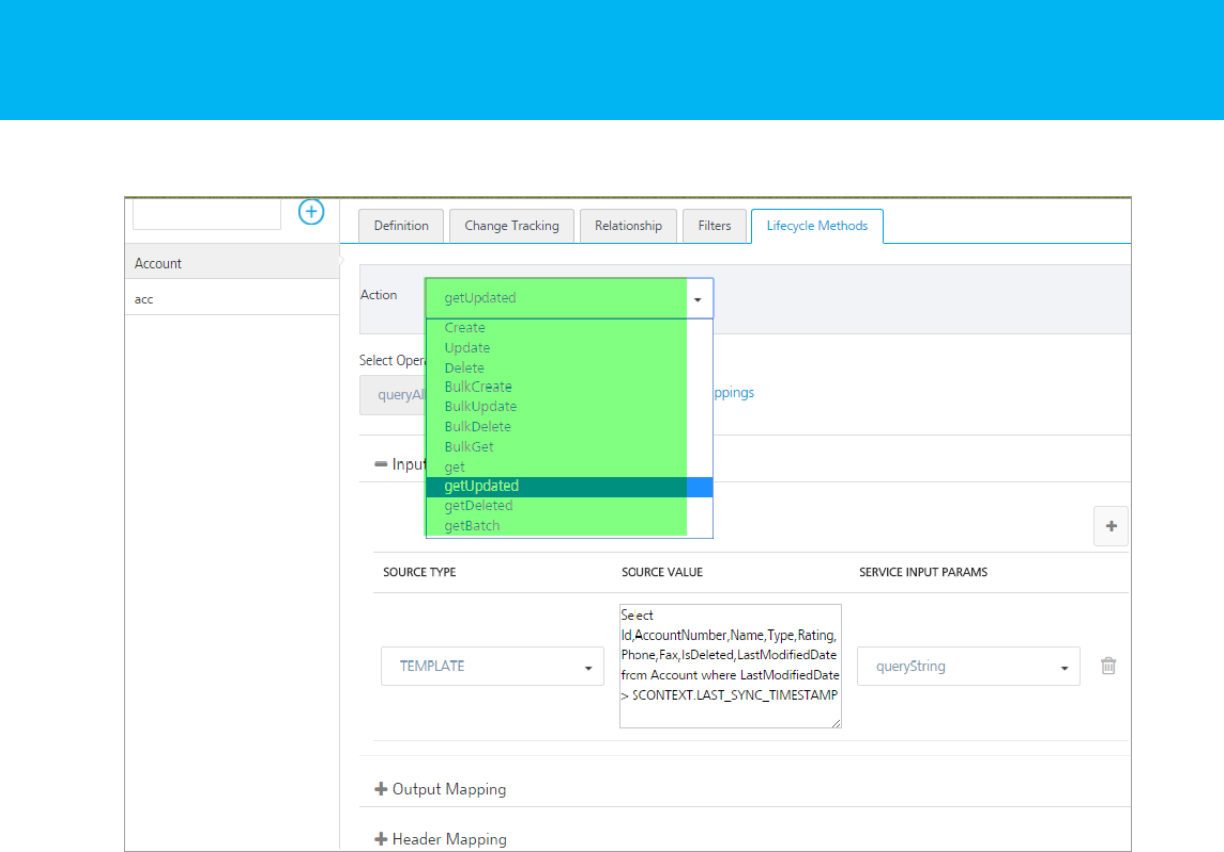
7. Guidelines for Web Services
Kony MobileFabric Sync Server Design Guidelines
Version 1.3
© 2013 by Kony, Inc. All rights reserved 21 of 34
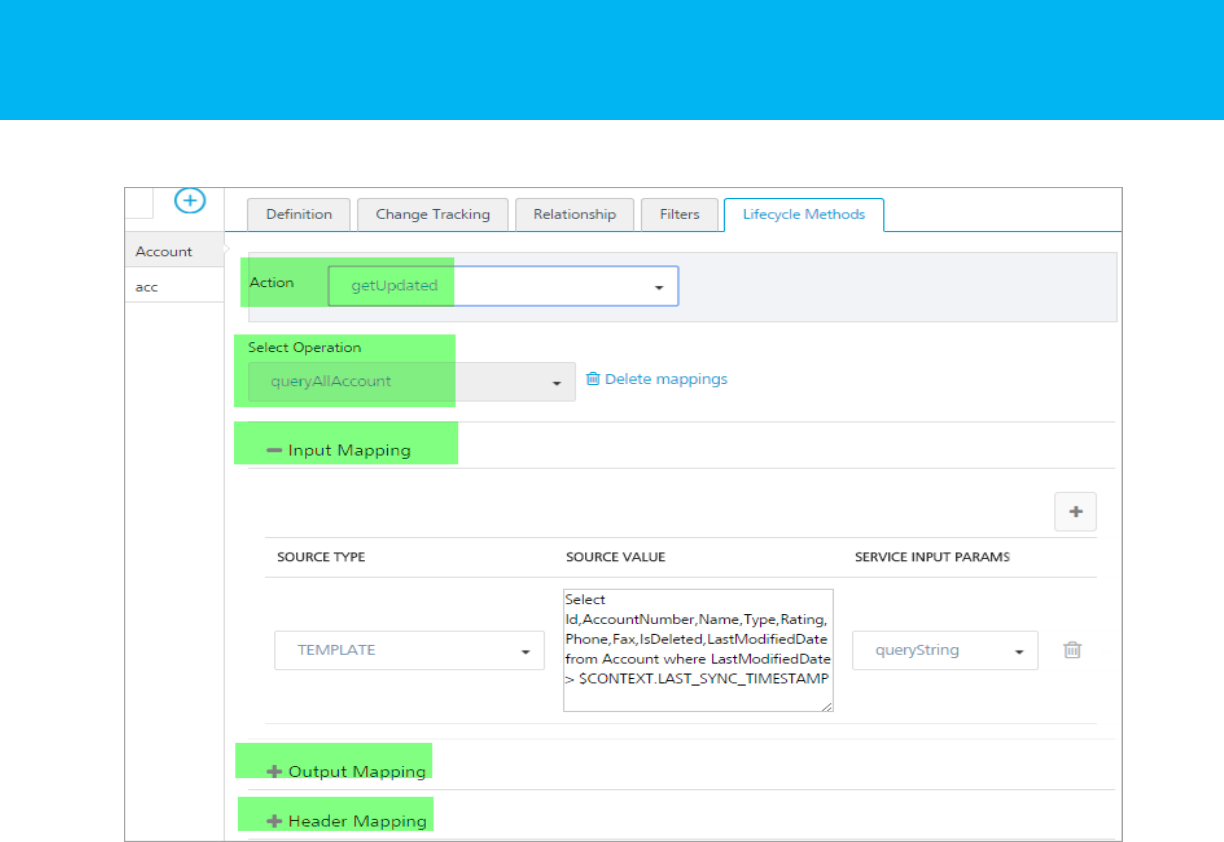
7. Guidelines for Web Services
Kony MobileFabric Sync Server Design Guidelines
Version 1.3
Ensure that the following guidelines are adhered to while mapping the input and output parameters:
Create Input Mapping
This operation has to accept all or subsets of fields from MobileFabric Sync attributes of the same
object as well as from other objects, if a relationship exists between the objects.
Create Output Mapping
If there is an auto-generated key, then you have to map the auto-generated value in output mapping.
Header Mapping
Header Mapping is done for all the operations.
Update Input Mapping
© 2013 by Kony, Inc. All rights reserved 22 of 34

7. Guidelines for Web Services
Kony MobileFabric Sync Server Design Guidelines
Version 1.3
This operation has to accept all or subsets of fields from the attributes. This operation has to accept all
or subsets of fields from MobileFabric Sync attributes of the same object as well as from other objects,
if a relationship exists between the objects.
Update Output Mapping
This operation does not require output mapping. If the service fails with SOAP fault or with failed
HTTP status code, it implies that the update has failed. Otherwise, it is considered as successful.
Delete Input Mapping
This operation has to accept the primary key of the row.
Delete Output Mapping
This operation does not require output mapping. If the service fails with SOAP fault or with failed
HTTP status code, it implies that the update has failed. Otherwise, it is considered as successful.
Get Input Mapping
This operation has to accept the primary key of the row.
Get Output Mapping
This operation should return all the field level data for that particular primary key.
GetUpdated Input Mapping
This operation can accept the last sync time (lower bound) and current timestamp (upper bound), and
return the rows that are added, changed, or deleted between the lower and upper bound values.
GetUpdated Output Mapping
This operation should return the list of rows containing all the field level data. For batching support, the
service has to return one parameter flag that indicates whether more batches are available. The
service can also return identifiers like QueryLocator that can be stored in context and can be sent as
GetBatch Input.
© 2013 by Kony, Inc. All rights reserved 23 of 34

7. Guidelines for Web Services
Kony MobileFabric Sync Server Design Guidelines
Version 1.3
GetBatch Input Mapping
The GetBatch operation will be invoked when the moreChangesAvailable flag from the GetUpdated
operation is true. This operation will be invoked by Kony MobileFabric Sync Server recursively until the
flag is false.
GetBatch Output Mapping
The output should be the same as GetUpdated operation output.
For batching, the operation takes batch size as an input parameter and returns the batch size number
of rows. The number of rows in the output can differ from batch size.
7.2 Provisional Columns
Every SyncObject should have defined provisional columns in addition to the service operations.
Provisional is a term that signifies typical database design patterns have been followed, such as
tracking deletes through a soft delete flag and tracking last updated timestamp for each data item or a
table row.
The Change Tracking Columns (for example, Last UpdateTimestamp and Soft Delete
Flag) must be defined for each SyncObject.
SoftDeleteFlag
This column represents whether the row is deleted. The column captures a Boolean flag (true/false)
that is used to track if the row has been marked for deletion. This column is optional if the SyncObject
does not deal in delete functionality.
LastUpdateTime
This column indicates the time when the row is last modified.
Error handling
© 2013 by Kony, Inc. All rights reserved 24 of 34

7. Guidelines for Web Services
Kony MobileFabric Sync Server Design Guidelines
Version 1.3
If the service is invoked and there are errors, MobileFabric Sync Server will handle the error
depending on the web services (SOAP, REST and JSON). MobileFabric Sync Server will also notify
the device. For example, in case of SOAP service, SOAP Fault is considered as an exception. For
REST and JSON services, errors will be handled based on the HTTP status codes.
For handling custom errors from the backend services, map one service output parameter with name
errmsg with XPath expression to the error message in response payload to catch the exact error.
If the web service is the DataSource and errors are reported in SOAP response instead of SOAP
Faults, then add the below param in the Synconfig file under each service output param to catch the
exact error. For example, to use salesforce web service, add as shown:
<Param Name="errmsg" Expression="//errors/message/text()"
Datatype="string"/>
Refer Developing Offline Apps on Kony Documentation Library for more information.
7.3 Batching Approach
You must use the GetUpdated and GetBatch operations to retrieve data in batches. If you do not have
the service already implemented for the batching purpose, then you can implement the service for
each SyncObject by following the algorithm as shown to fetch the batch-size number of rows from the
backend DataSource. After implementing the service, map the service with GetUpdated and
GetBatch operations. Kony MobileFabric Sync Server will invoke this service to get the incremental
changes in batches. Data will be sent to a device in batches to avoid memory and network issues
when there are more rows in initial sync and incremental sync.
Algorithm to fetch the batch-size number of rows from the backend DataSource
Algorithm <entity> GetUpdated(datetime, batchSize)
cursor ← Open a cursor on <entity> where lastUpdateTime > datetime
recordCount ← 0
prevLastUpdateTime ← 0
row ← cursor.firstrow()
while recordCount < batchSize or row.lastUpdateTime ==
© 2013 by Kony, Inc. All rights reserved 25 of 34

7. Guidelines for Web Services
Kony MobileFabric Sync Server Design Guidelines
Version 1.3
prevLastUpdateTime do
recordCount ← recordCount + 1
prevLastUpdateTime ← row.lastUpdateTime
list.add(row)
row ← cursor..nextrow()
end-while
lastRowDatetime ← row.lastUpdateTime
cursor.close()
if recordCount >= batchSize then
moreDataAvailable ← true
else
moreDataAvailable ← false
end-if
Return list, moreDataAvailable, lastRowDatetime
Operation mapping
l In GetUpdated input mapping, map the following:
l LAST_SYNC_TIMESTAMP from the context to datetime
l BATCH_SIZE from context to batchSize
l In GetUpdated output mapping, map the fields from list to the corresponding MobileFabric
Sync attributes as shown:
l moreDataAvailable to MORE_CHANGES_AVAILABLE in context
l lastRowDatetime to any temporary variable in context (for example, QueryLocator)
l In GetBatch input mapping, map the following:
l Temporary context variable(QueryLocator) from the context to datetime
l BATCH_SIZE from context to batchSize
© 2013 by Kony, Inc. All rights reserved 26 of 34

7. Guidelines for Web Services
Kony MobileFabric Sync Server Design Guidelines
Version 1.3
l The GetBatch operation output mapping will be the same as GetUpdated operation output
mapping.
© 2013 by Kony, Inc. All rights reserved 27 of 34
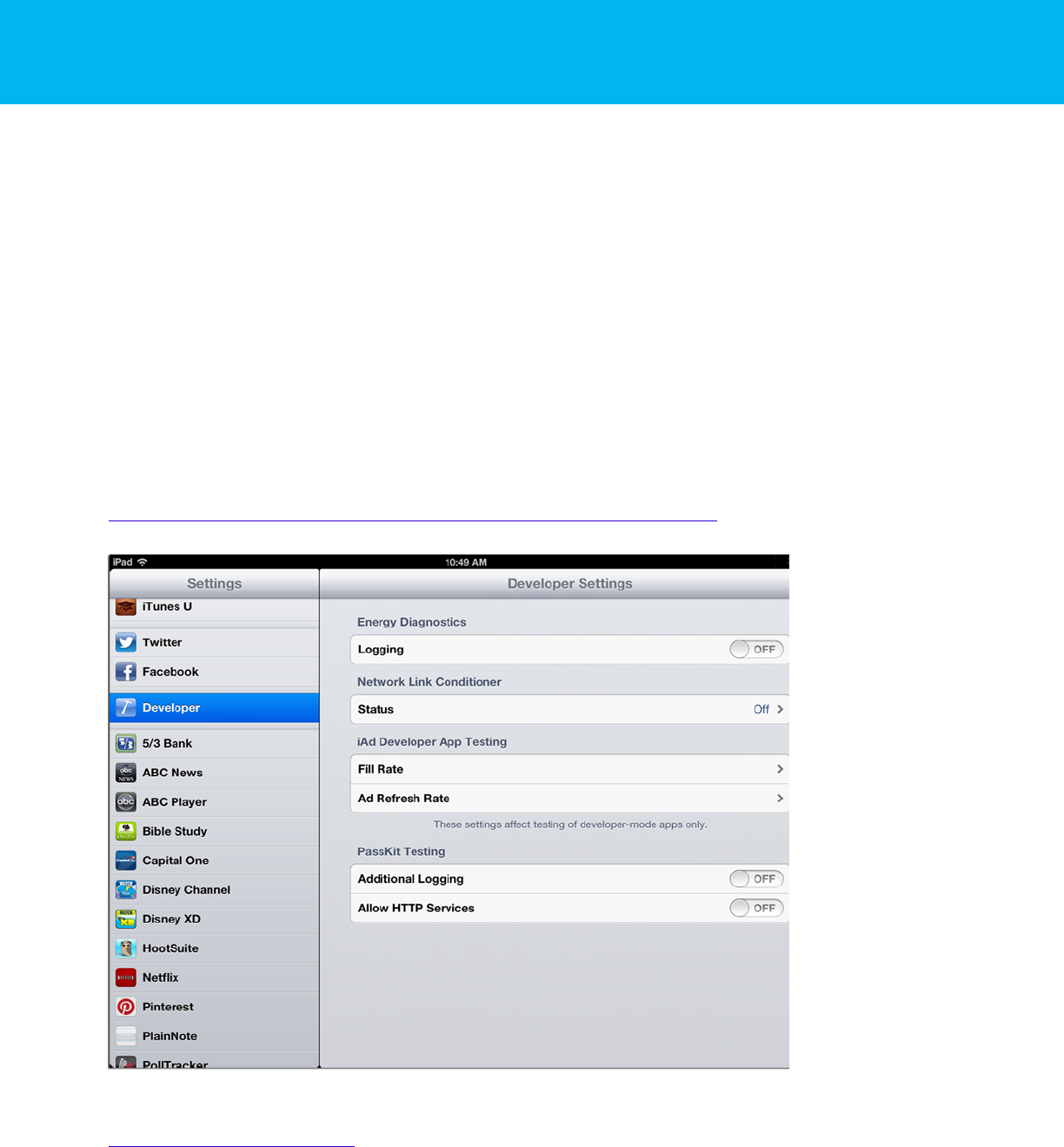
8. Simulating and Testing for Different Network
Conditions
Kony MobileFabric Sync Server Design
Guidelines
Version 1.3
8. Simulating and Testing for Different Network Conditions
Being able to test different network conditions is important for an application that downloads or
uploads large amount of data. It is important to understand the user experience under such conditions.
The last thing you want is the user being stuck, or some functionality not working at all because the
user is on a mediocre networking connection.
One way to simulate a bad network connection on iOS is to use tools like “Network Link Conditioner”.
Refer the below URL for a detailed usage of “Network link Conditioner”:
http://www.neglectedpotential.com/2012/09/ios6-network-link-conditioner/
Another tool useful for simulating bad network connections is “Charles Proxy”
http://www.charlesproxy.com/. It allows you to record traffic as well simulate slow network
connections.
© 2013 by Kony, Inc. All rights reserved 28 of 34

9. Load Testing Kony MobileFabric Sync Services
with Apache JMeter
Kony MobileFabric Sync Server
Design Guidelines
Version 1.3
9. Load Testing Kony MobileFabric Sync Services with Apache
JMeter
This section explains the steps required to record Kony MobileFabric Sync service calls with Apache
JMeter. If you are new to JMeter, create a test plan by recording Kony MobileFabric Sync service calls
with JMeter using Android emulator.
Download and install JMeter from http://jmeter.apache.org/download_jmeter.cgi
Prerequisite
l Kony MobileFabric Sync Server
l Kony MobileFabric Sync Application must be synched with data resources to get data.
Note:
This document does not explain how to use JMeter in detail. For more information on using
JMeter, refer to http://jmeter.apache.org/usermanual/
Make sure MobileFabric Sync Server is running and the MobileFabric Sync application is reset.
To perform load testing on MobileFabric Sync Service calls, do the following:
1. Build a basic test plan in JMeter
1. Navigate to JMETER_HOME/bin.
2. Launch jmeter.bat. JMeter window appears.
3. Right-click on Test Plan and then select Add > Threads (Users) > Thread Group.
Thread group is added to test plan.
© 2013 by Kony, Inc. All rights reserved 29 of 34
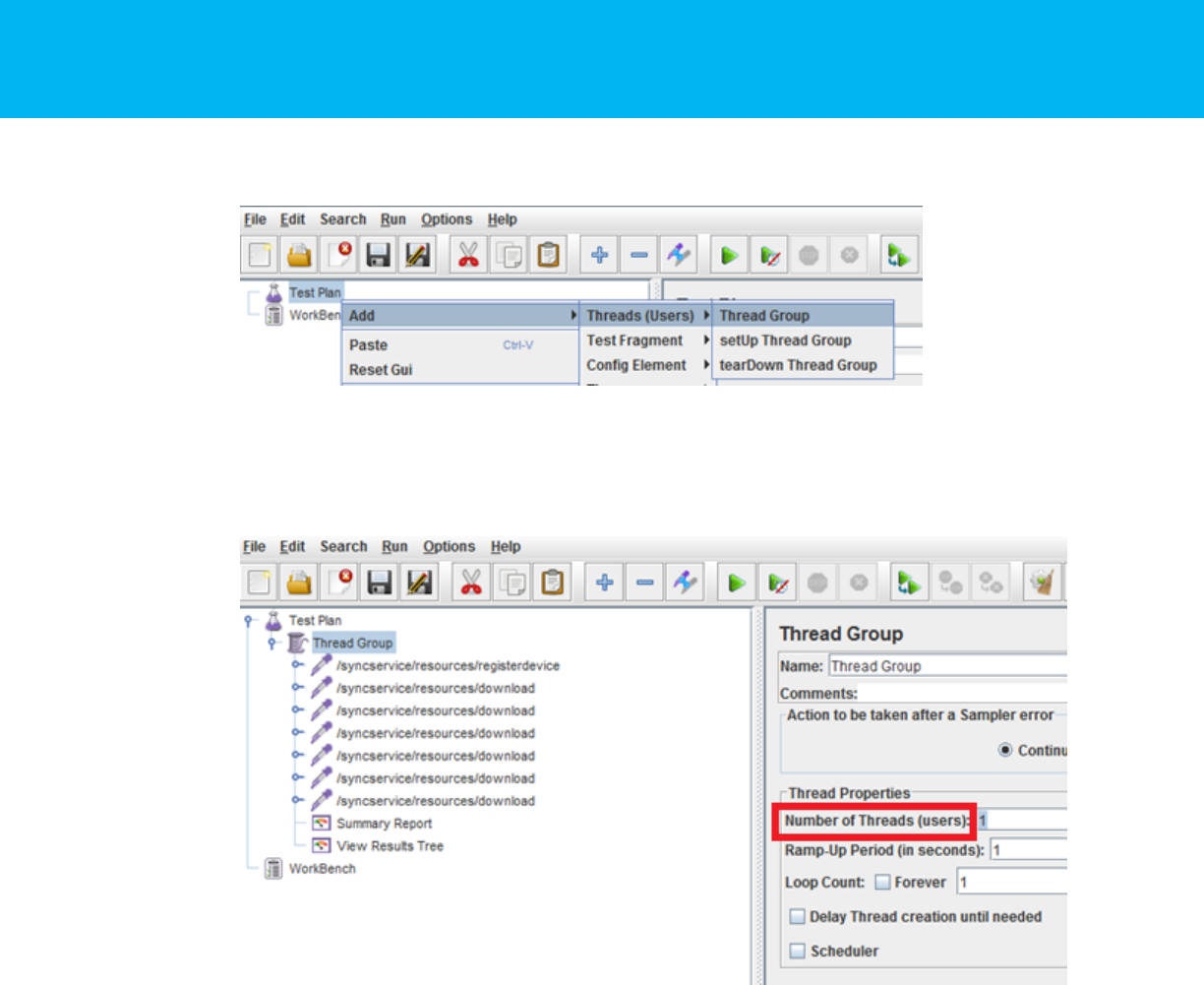
9. Load Testing Kony MobileFabric Sync Services
with Apache JMeter
Kony MobileFabric Sync Server
Design Guidelines
Version 1.3
4. Click Thread Group. Thread group window appears.
5. Under Thread Properties, enter the number of threads or users you want to view.
2. Add an HTTP Proxy Server.
1. In JMeter, right-click on WorkBench and then select Add > Non-Test elements > HTTP
Proxy Server. HTTP proxy server is added to WorkBench.
© 2013 by Kony, Inc. All rights reserved 30 of 34
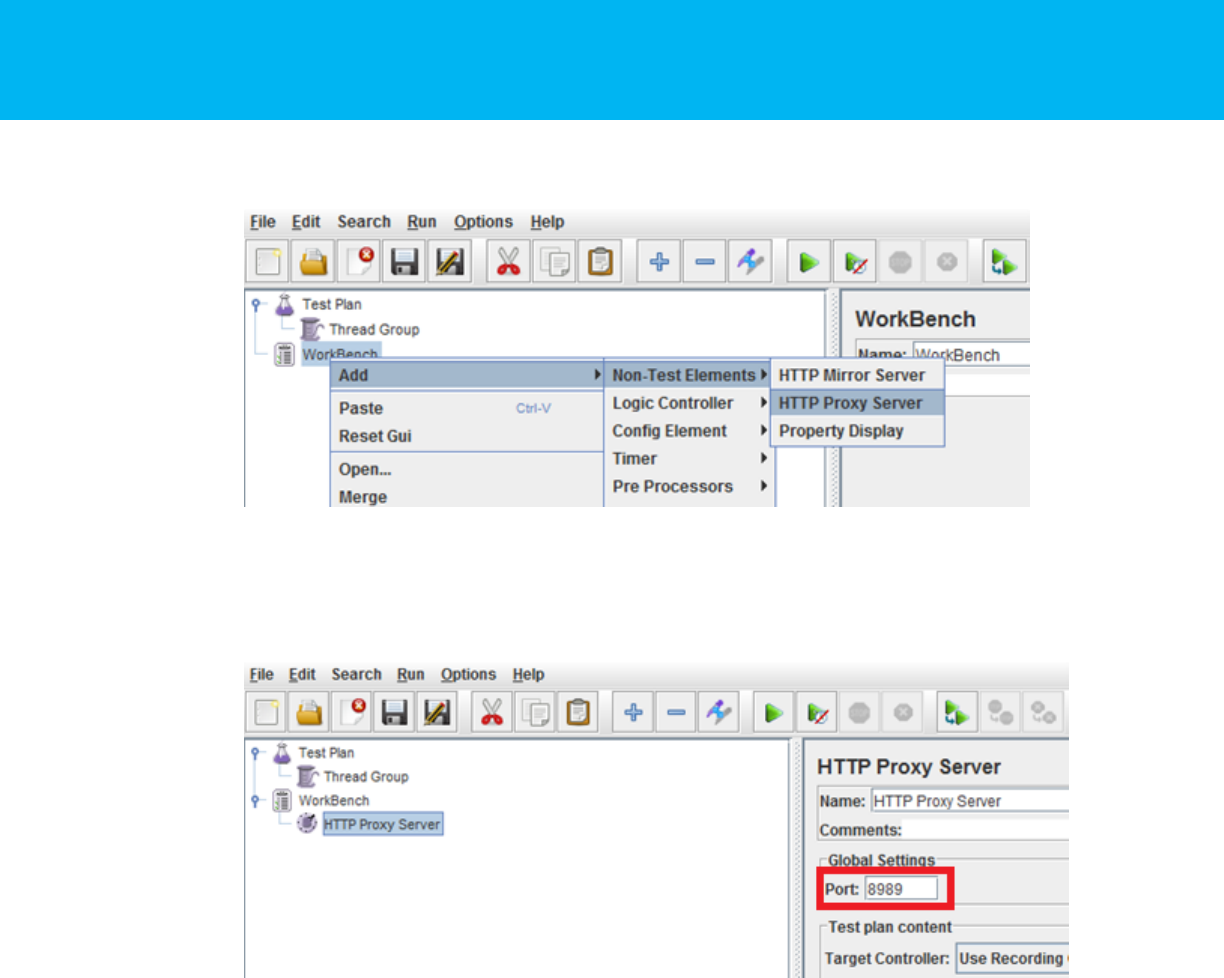
9. Load Testing Kony MobileFabric Sync Services
with Apache JMeter
Kony MobileFabric Sync Server
Design Guidelines
Version 1.3
2. Click HTTP Proxy Server. HTTP Proxy Server details appear.
3. Under Global Settings, enter Port number.
3. Set up Android emulator.
1. From Kony Visualizer, launch Android emulator.
2. Navigate to Settings > Wireless & Networks > Mobile Networks > Access Point
Names.
3. Select default access point name, T-Mobile US.
© 2013 by Kony, Inc. All rights reserved 31 of 34
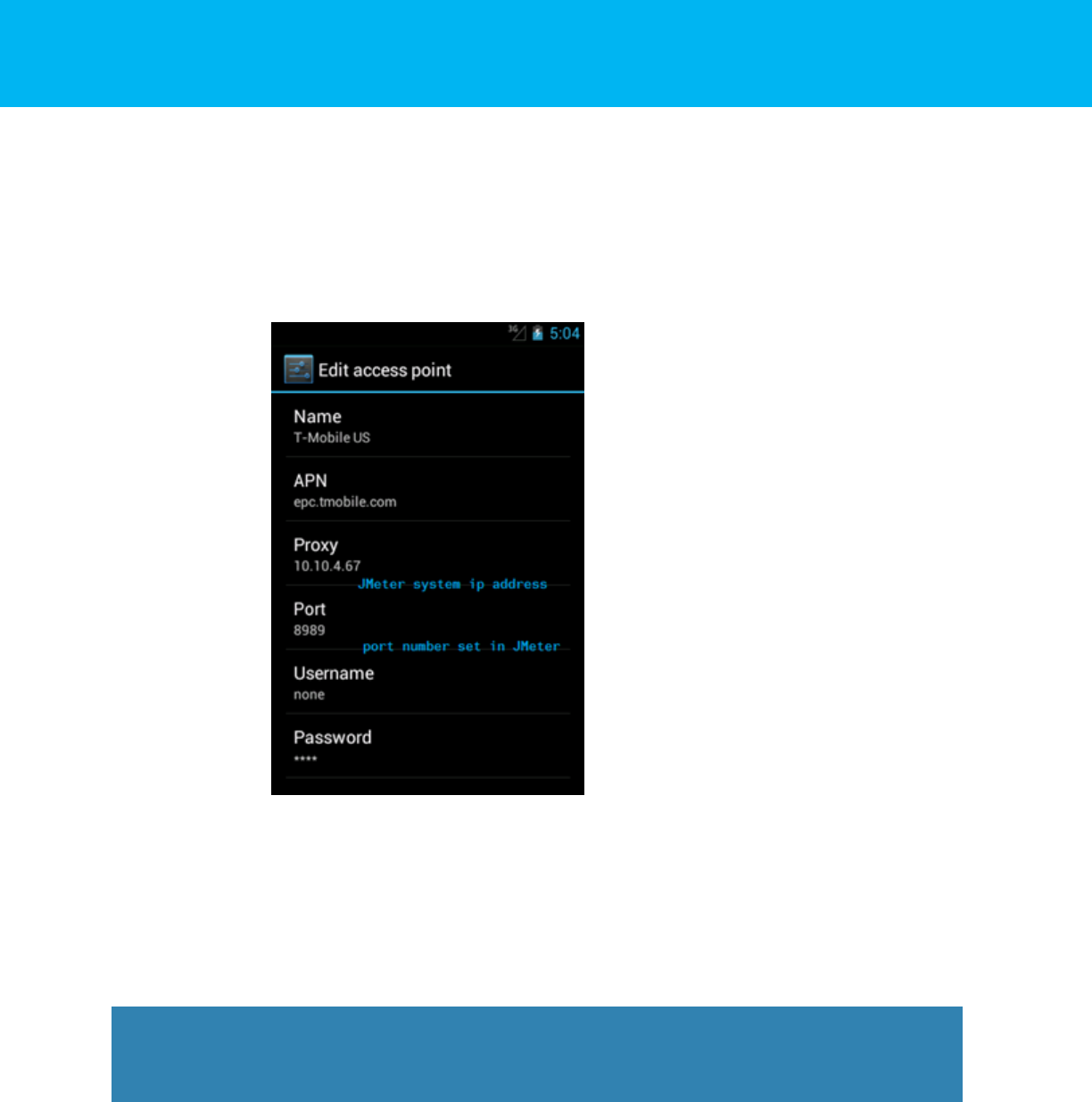
9. Load Testing Kony MobileFabric Sync Services
with Apache JMeter
Kony MobileFabric Sync Server
Design Guidelines
Version 1.3
4. In the T-Mobile US proxy, edit the following.
1. Proxy: Set the IP address of the system where JMeter is running.
2. Port: Enter the port number specified in JMeter.
4. Launch Kony MobileFabric Sync application in the Android emulator and start the MobileFabric
Syncapplication.
5. In JMeter, click Start to start load test.
9.1 Recording MobileFabric Sync Requests of a Windows 7 Desktop
Application with JMeter
To record MobileFabric Sync requests of a Windows 7 desktop application with JMeter, follow these
steps:
© 2013 by Kony, Inc. All rights reserved 32 of 34
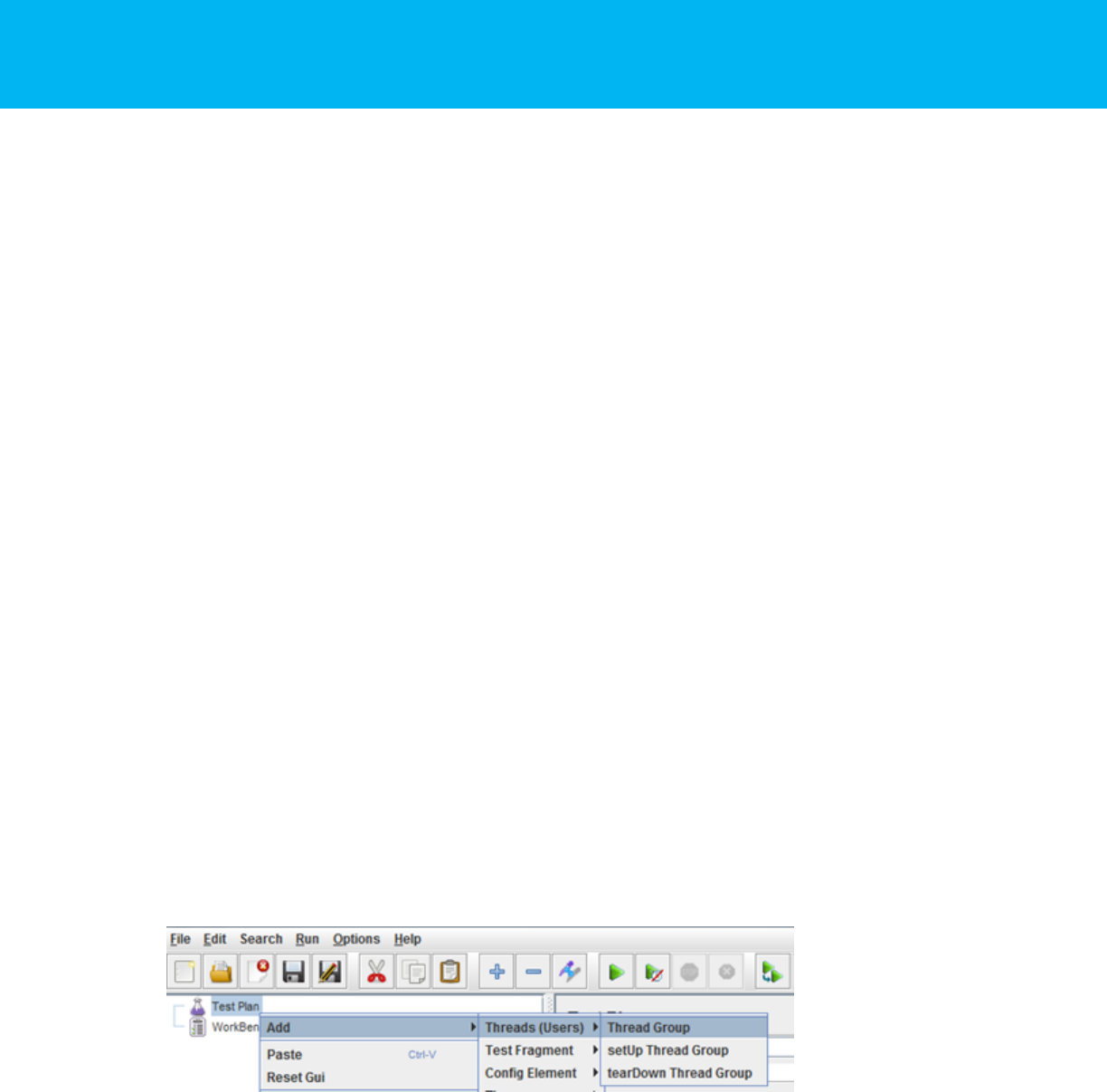
9. Load Testing Kony MobileFabric Sync Services
with Apache JMeter
Kony MobileFabric Sync Server
Design Guidelines
Version 1.3
1. In your Internet Explorer, from the Tools menu, click Internet Options. The Internet Options
window appears.
2. Click on Connections tab.
The Connections tab details appear.
3. Click LAN Settings
The Local Area Network settings window appears.
4. Under Proxy Server, select Use a proxy server for LAN.
5. Click Advanced.
The Proxy Settings window appears.
6. Enter the following details
1. HTTP: Enter HTTP server details.
2. Port: Enter port number.
7. Navigate to JMETER_HOME/bin.
8. Launch jmeter.bat. JMeter window appears.
9. Right-click on Test Plan and then select Add > Threads (Users) > Thread Group. Thread
group is added to test plan.
10. In JMeter, right-click on WorkBench and then select Add > Non-Test elements > HTTP Proxy
Server. HTTP proxy server is added to WorkBench.
© 2013 by Kony, Inc. All rights reserved 33 of 34
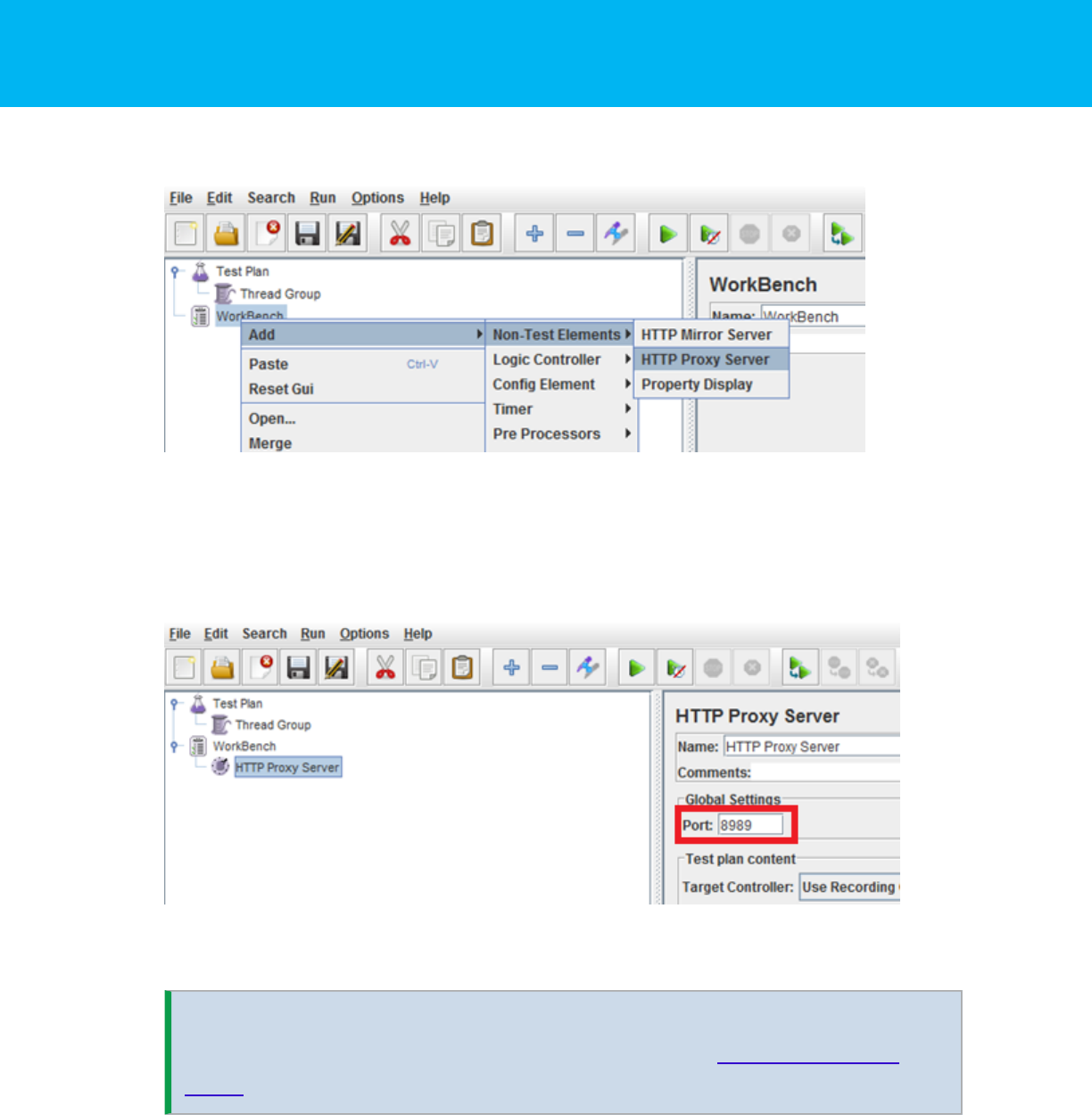
9. Load Testing Kony MobileFabric Sync Services
with Apache JMeter
Kony MobileFabric Sync Server
Design Guidelines
Version 1.3
11. Click HTTP Proxy Server. HTTP Proxy Server details appear.
12. Under Global Settings, enter Port number. This is the same number you have provided in your
Internet Explorer proxy settings.
13. In JMeter, click Start to start load test.
Note:
To compare the load test results, refer to Monitor and Tune Kony MobileFabric
Sync Server Performancesection in
Server Planning Guide
on Kony Documentation
Library.
© 2013 by Kony, Inc. All rights reserved 34 of 34


